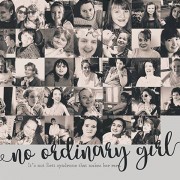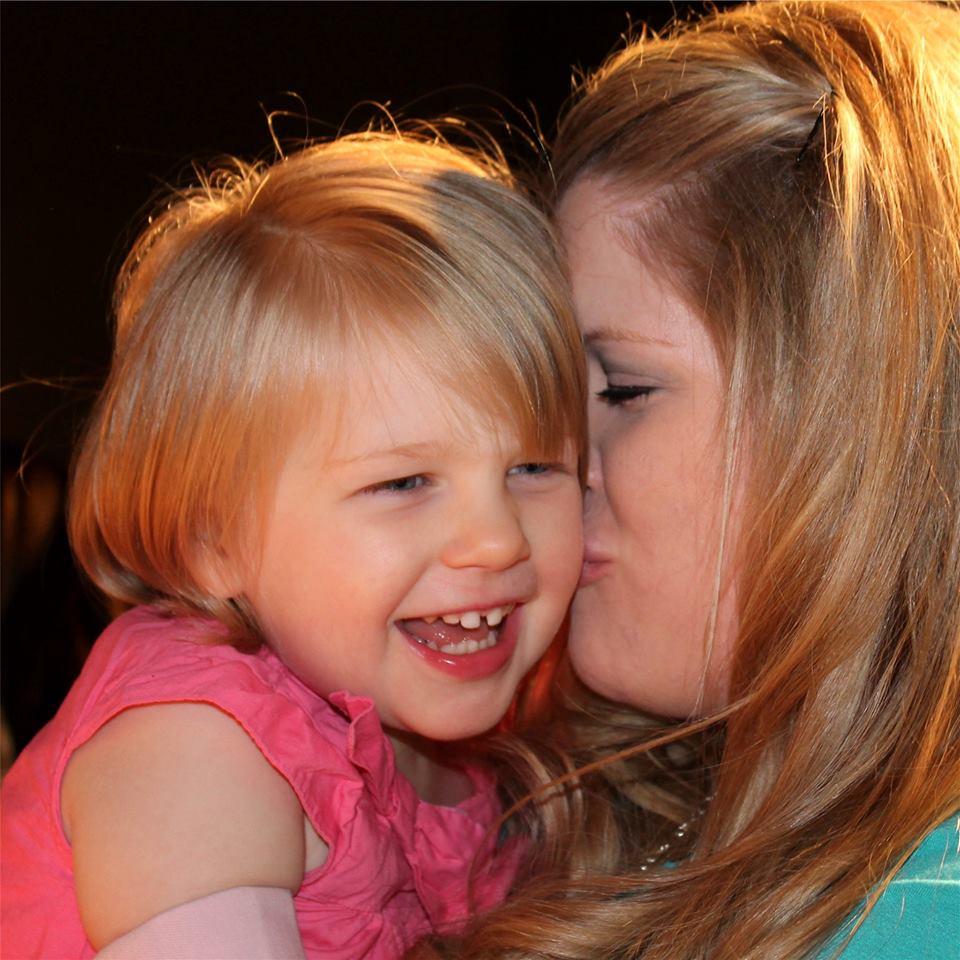No Ordinary Girl
This is a guest post by Duncan Miller, the author and founder of Army of Us. The original post can be found here.
I’ve started this post so many times, but I always come back to the same thing.
You can only be described as exceptional when you spend every second of every day proving everyone wrong.
That is what these wonder women have been doing for at least 21 years (in one case 58 years).
I can’t tell you what it has meant for them; I no longer dare to think I can understand what goes through the minds of people afflicted by Rett syndrome. My hope is that one day they will tell you themselves.
But why do I have this hope?
My journey can only be described as a journey of enlightenment.
50 years ago, in 1966, Andreas Rett first published the first description of Rett syndrome. It only was generally recognised in 1983, when a second article was published by Swedish researcher Dr. Bengt Hagberg.
It means that Sherry (58 years old) had already been living with an undiagnosed disorder for 8 years, Nola for 2 and Kristi was 1 the year Rett was officially identified.
These girls (and their parents) were given an incredibly bleak life expectancy, but this is a story of hope, one where we prove the world wrong. That is exactly what these women proceeded to do, to reset our understanding of Rett syndrome.
In 1999 MECP2, the causative gene responsible for Rett syndrome was discovered by Huda Zoghbi and her team. Which means all of these women have had Rett syndrome longer than we have known the cause of it.
Every single one of these women has lived through discovery that it could be reversed. This was proven by Sir Adrian Bird in 2007.
These facts are huge because it means that all of them were alive when we didn’t know what caused it or had an inkling of how to cure it. Yet they and their families (there is no amount of acknowledgement I can provide here, these families are amazing) persevered and fought through it all.
Our discoveries about Rett syndrome have increased massively; currently, there are more than 10 drugs in testing (some in final stages), which will help alleviate many of the symptoms in Rett syndrome.
In the last few years, we have made technological breakthroughs, which have enabled people with Rett syndrome around the world to start communicating unassisted. Devices like this are giving us a window into Rett, which was previously unaccessible.
That window is proving something else to us. Once again they are smashing the preconceptions around the ability and intelligence of people who suffer from the disorder.
These women are smarter than we ever guessed and more able than we have given them credit for.
At the heart of these discoveries are the women and families (who without the help of social media) managed to overcome the most incredible obstacles and be fitting examples of what happens when you don’t presume some form of competence. The people who founded the charities, the lifelines, the social groups, which have made our journeys easier.
Yes, what we know has changed, it has changed enormously. It has changed because of these people. Rett syndrome is a better diagnosis today than it was 50 years ago because of these people.
These women who have changed the world, by beating it, every second of every day. If that is not a story of hope, then I don’t know any.
Christopher Reeve said
“I think a hero is an ordinary individual who finds the strength to persevere and endure in spite of overwhelming obstacles.”
Whilst this quote is true for the families who spend countless hours at appointments, in hospitals, at therapy, fighting insurance companies and institutions, raising money to fix it and raising awareness to fight it, it’s not true for the people afflicted by it: my everyday heroes. Because it takes something exceptional to fight every second, of every day, for a lifetime. They give me hope.
However, nothing about Rett syndrome is ordinary and these are no ordinary girls.
————-
This Album and poster (Which can be found here) currently has 107 women (A couple of young ladies are on the verge of 21, so I’ve included them).
58 Sherry
52 Nola
51 Kristi
47 Ann
43 Tabitha
42 Jennie
41 Kathy-Jo
40 Kris
40 Ciara
39 Amanda
38 Shelly
37 Heather
36 Nicole
36 Laurissa
35 Tala
35 Shana
35 Renee
35 Lisa
34 Shelly
34 Samantha
34 Kelly
34 Brandy
33 Rachel
33 Megan
33 Jolene
33 Emma
33 Courtney
33 Brandy
33 Annie
32 Trudie
32 Teshina
32 Pauline
32 Kacie
32 Gemma
32 Deirdre
32 Charity
31 Kimberly
31 Chelsea
30 Allison
29 Charlotte
29 Ashley
29 Amanda
28 Stephanie
28 Siera
28 Laura
28 Keisha
28 Crystal
28 Amanda
27 Stephanie
27 Ashley
27 Akasha
26 Shelby
26 Sarah
26 Kirsty
26 Katie
26 Jessica
26 Jenna
26 Jasmine
26 Chelsie
26 Caryn
25 Silvia
25 Rebecca
25 Nikole
25 Khrista
25 Erica
25 Chelsea
24 Sabrina
24 Renée
24 Rebecca
24 Kelsey
24 Jessie
24 Hillaree
24 Emily
24 Breezy
24 Angela
24 Amy
23 Taylor
23 Sydney
23 Sarah
23 Raquelle
23 Rachel
23 Lyndsay
23 Katelin
23 Kassandra
23 Emily
23 Alyssa
22 Stephanie
22 Natasha
22 Daniela
22 Chelsey
22 Alianna
21 Vivienne
21 Stephanie
21 Megan
21 McKenna
21 Laurie
21 Kayla
21 Katelyn
21 Kate
21 Grace
21 Brooke
21 Amber
21 Alexandria
20 Laura
20 Samantha




